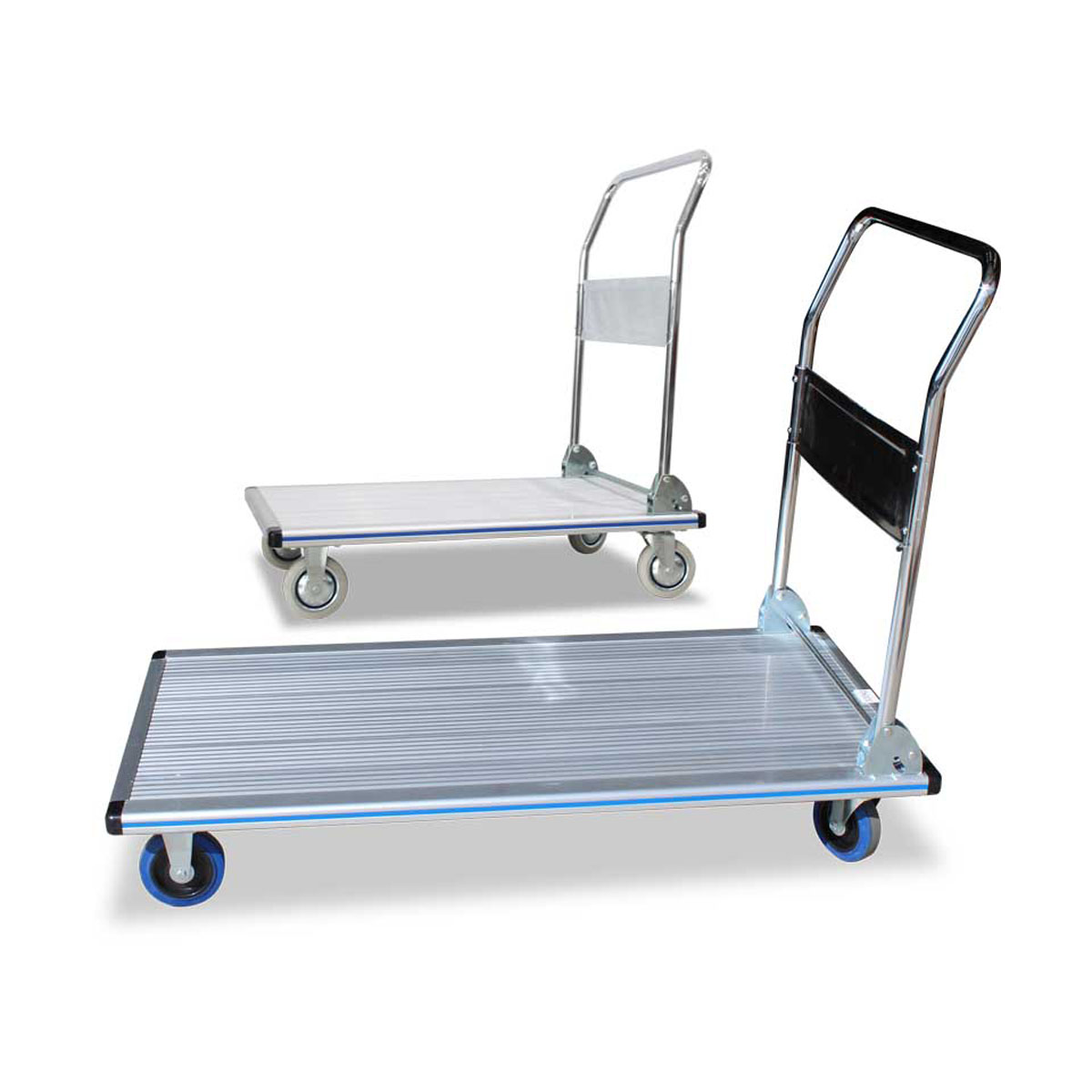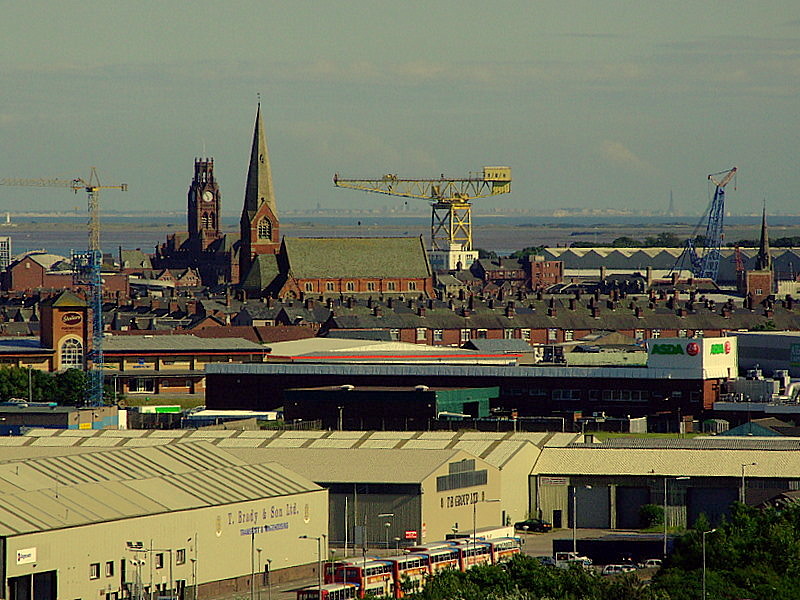Different domains have different performance requirement constraints. Weight and size restrictions also apply to the choice of materials for your telescopic-only order-picking equipment, which in the case of e-commerce fulfilment centres typically have lightweight aluminium frames and drop-in plastic totes that divide the deck into multiple SKU zones assisting high-volume batch picking. Supermarkets use nesting trolleys in which the tapered shapes of the trolley bodies permit easier nesting and more compact storage at the receiving bay thus saving dock space when it is most needed for the incoming goods deliveries. When they outfit their hotels with rubber wheels that won’t mar carpet and chrome finishes that match guest-room interiors, chains want one look; meat packers specify that their equipment be as shiny and stainless as possible with fully welded seams so that no amount of steam-cleaning can hide bacteria in an uncurbed corner.
Although seemingly simple, platform trolley needs to meet a network of local and international standards. Pharmaceutical companies’ labs might require antistatic desk padding with carbon fibres to mitigate triboelectric building that would generate sparks which could ignite solvent vapours or damage precision weighing devices. Airports use over-sized trolleys, which in some cases are over two metres in length, to transport oversize baggage and sporting equipment. And construction sites use the pneumatic-tired versions that can roll easily over bars, mesh and loose aggregate without getting caught. Both cases demonstrate why a standard one-size-fits-all trolley is seldom sufficient for the most exacting of users and the value of modular accessories, ranging from detachable side rails and retractable cage panels to document holders and tow hooks (for electric tugs on locomotive trolleys!)
Compliance, Standards and Laws including International Regulatory Landscape
In Australia and New Zealand, industrial platform steps come under the standard AS /NZS 1892 and are representative of best practice for push-pull products. European buyers refer to EN 1757-3 for safety requirements for non-forklift industrial trucks, which include brake performance, edge protection and documentation. Keep in mind that while they may not be legally enforceable everywhere, the forces described in ISO 11228-2 provide ergonomic reality that even global employers often reference as a guiding star.
After workplace accidents, oversight of the controls on trolleys can increase, including audits that check maintenance logs and user training records, and proof that the rated capacity of any trolley is equal to or exceeds its heaviest regular load. The most progressive organizations use compliance as a floor, rather than a ceiling, supplementing it with extra safeguards such as asset tags on QR codes that show when an asset was last inspected on its scanning or geofence alarms to send supervisors alerts when a trolley enters a cleanroom zone without being decontaminated.
Maintenance and Life Cycle Management
Just like you perform pre-start checks on forklifts daily, the same should be practiced with your platform trolley. Typical wear areas include wheel bearings, tread surfaces, and deck bolts. EN Built-up twine or pieces of shrink-wrap over the axles, preserved through routine maintenance round after round, can turn a smooth machine into an energy-eater, where workers push heavier and harder to work against the resistance that was imposed, in essence, management pulling a Made You Work. Visually inspecting and applying scheduled lubrication to bearings reduces swivel caster maintenance and preserves the maneuverability of-bearings, and by verifying that the existing handle bolts are properly torqued with a torque wrench, you can prevent wobbly handles and loose connection rods.
A systematic maintenance practice at equip2go also shows when refurbishment is more cost effective than replacing. Replacing casters and repainting a good steel deck is a way to get good performance at a fraction of the cost for a new unit, but when structural steel deck elements are corroded and degraded to the point that their thicknesses are reduced below design assumptions, it is time to consider retirement. Industrial fleet managers can monitor mean time between failures via cloud-based portals, using data-led replacement forecasts to synchronize capital expenditure with operational needs.




